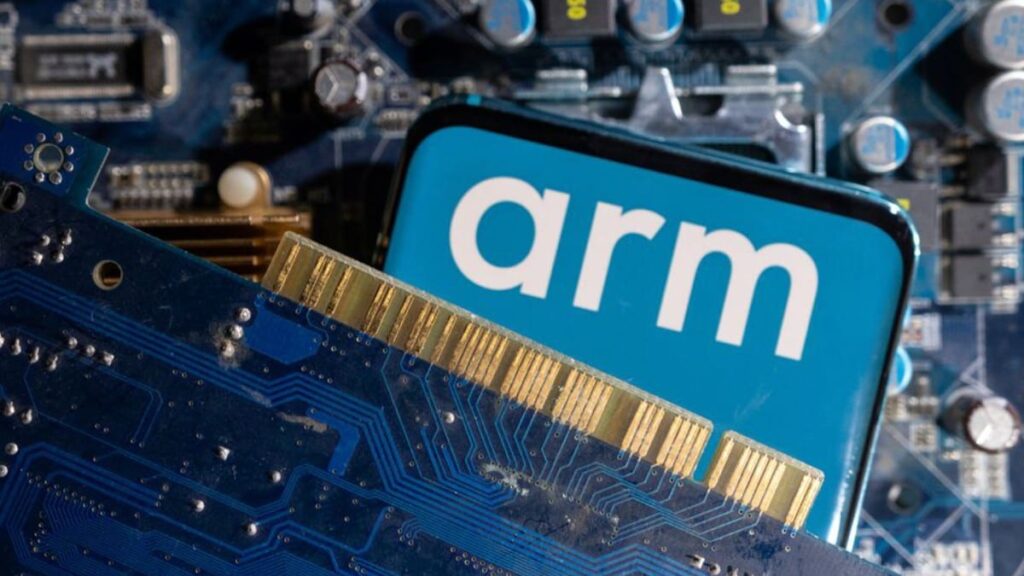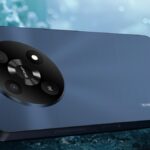Arm Holdings on Wednesday unveiled new chip blueprints and software tools that help smartphones handle artificial intelligence tasks, as well as changes to how it provides those blueprints that could help speed their adoption.
Arm technology helped power smartphones and is increasingly found in PCs and data centers, where chipmakers gravitated to its power efficiency.
Smartphones remain Arm’s biggest single market, where it supplies intellectual property to major rivals such as Apple and Android chip suppliers Qualcomm and MediaTek.
On Wednesday, Arm launched new developments for central processing units (CPUs) that it says are better suited to work with artificial intelligence and new graphics processing units (GPUs). It will also provide software tools that will make it easier for developers to run chatbots and other AI code on Arm chips.
But the bigger change is how these products are marketed. In the past, Arm has mostly supplied its technology in the form of specifications or abstract designs that chip companies then had to translate into a physical chip design, which in turn is a daunting task when you’re deciding how to position billions of transistors, the tiny switches that make into chips.
For the new products, Arm worked with Samsung Electronics and Taiwan Semiconductor Manufacturing Co to provide blueprints of the physical designs ready for production.
Chris Bergey, senior vice president and general manager of Arm’s customer division, said Arm is not trying to compete with its customers. Instead, it’s trying to help them get to market faster by focusing on other increasingly important parts of PC and phone chips, such as neural processing units (NPUs), which deliver the best AI performance.
This part of the chip has become so important that Microsoft has said its latest AI features won’t work without it. Currently, Arm does not supply NPU technology for phones and PCs, and Bergey aims to provide more “off-the-shelf” designs that chipmakers can attach their NPUs to.
“We’re putting together a platform where these accelerators can be very tightly coupled,” Bergy said.
© Thomson Reuters 2024


